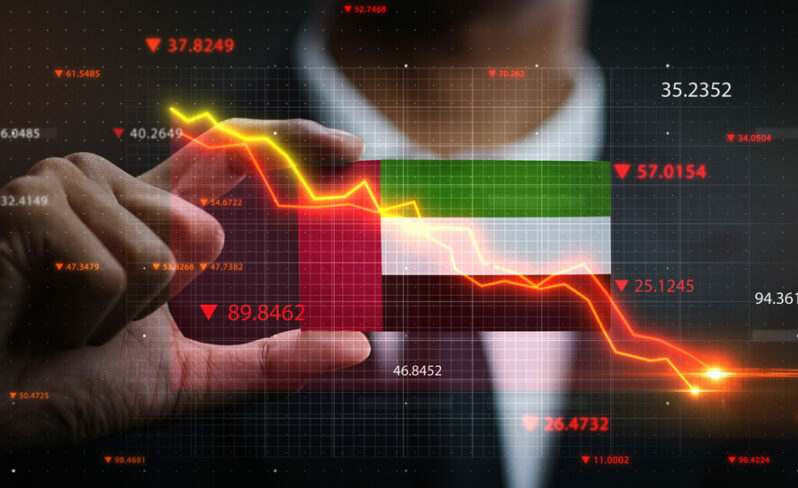Standard & Poor’s has predicted that Dubai’s government debt burden will fall to around 51 percent of GDP in 2023 from a cyclical high of 78 percent in 2020.
“The government’s debt stock could fall faster if the reduction in nominal debt, which occurred in 2021 and to a more significant extent in 2022, continues over the coming years,” S&P said in a report.
The agency sees debt falling faster if the reduction in nominal debt continues, while it expects the debt of broader state companies to remain high at around 100 percent of GDP, with the agency expecting Dubai’s real GDP to grow by around 3 percent in 2023.
Read: Debt ceiling crisis continues. Can the US fall into unchartered territory?
Real GDP expansion
This year, Standard & Poor’s expects Dubai’s real GDP to expand by around 3 percent, while UAE-wide structural and social reforms and programs should support long-term growth.
“We expect Dubai’s relatively diversified and service-oriented economy to expand by around 3.0 percent in 2023, slowing from 5.0 percent in 2022 and 6.2 percent in 2021. In our view, this year will be more reflective of the emirate’s steady economic activity than the years of post-pandemic recovery. We expect strong momentum in the hospitality, real estate, trade, and financial services sectors to continue to support growth,” the report said.
GDP per capita
Standard & Poor’s estimates Dubai’s GDP per capita at $34,000 in 2023, which is lower than Abu Dhabi’s counterpart given the hydrocarbon sector’s strong wealth.
“We expect GDP growth rates to be largely similar in Dubai and small emirates in 2023, with Abu Dhabi’s growth weakened by the expected decline in hydrocarbon production due to OPEC+ production cuts. In terms of nominal GDP, we estimate that Dubai’s economy is about 3.3 times the size of Sharjah’s and 10.5 times the economy of Ras Al Khaimah.”
In line with the government’s 2023 budget, S&P expects modest fiscal surpluses averaging around 0.3 percent of Dubai’s GDP in 2023-2024, following an estimated surplus of 0.7 percent of GDP in 2022.
In 2020, Dubai recorded a deficit of around 30 billion dirhams (7.8 percent of GDP), due to the pandemic-related increase in healthcare spending, a decline in economic activity, and a subsequent decline in revenues. The deficit narrowed to 3 percent in 2021 as revenues recovered.
“In our fiscal projections, we expect revenues and expenditures to stabilize at around 16 percent of GDP each in the next two to three years. We expect taxes to make up about 40 percent of government revenues, as opposed to about 60 percent from non-tax sources such as fees, fines, and grants.”
click here for more on the economy.








